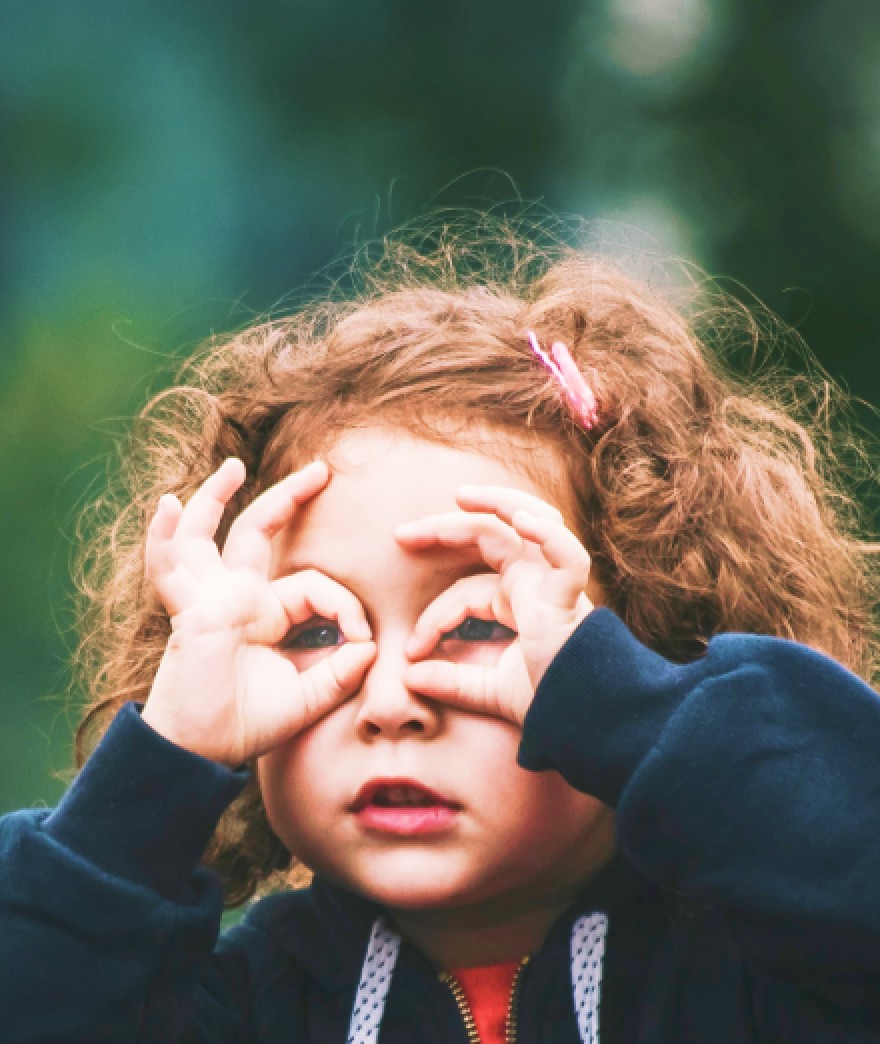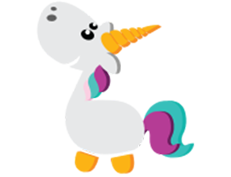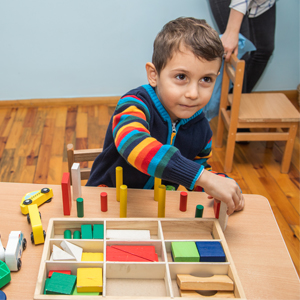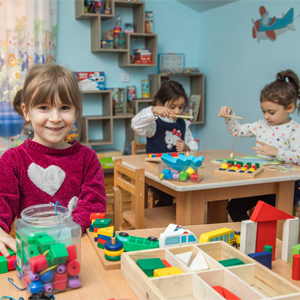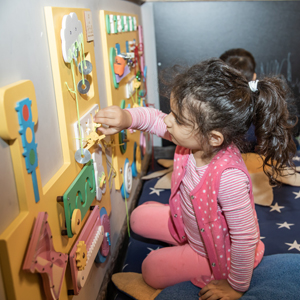Knowledge of the characteristics of the psychology and physiology of children at this age will help the teacher plan, organize the educational process in order to maximize the development of child's personality..
For preschoolers, the period from 3 to 4 years is very important. Knowledge of the peculiarities of the psychology and physiology of children at this age helps the specialists to plan, organize the educational process in order to maximize the development of child’s personality. Almost all children at the age of three enter the “I myself” crisis, when the child tries in every possible way to protect his right to independence, to expand the boundaries of his capabilities
The three-year-old crisis is an important milestone of early preschool age, which is often expressed by the following manifestations: Negativism, • Perseverance • Stubbornness • Independence. • Protest, Despotism. The cause of the crisis for three years is the contradiction between “I want” and “I can”: the clash of the need to act independently and expand one's own boundaries on the one hand and the need to meet the expectations of adults on the other hand. The child should be allowed to do something in which he/she can be free and expressive. This wonder activity is play. Play still remains the child's leading activity. At this age, the play smoothly turns from parallel to interactive. They play all the time – with each other, alone, with an adult. At first, they imitate the actions and behavior of adults in play. Role play is prevalent in the early preschool age. For a child, the most important thing here is role distribution, the plot of the play is relegated to the background. In play, the child has the opportunity to experience what is not yet available in adult life. Play is also very important for a child's emotional development. It helps to overcome fears, unpleasant stories, long-term illnesses, etc. The circle of interests of younger preschoolers is expanding. They pay attention not only to phenomena and objects in close proximity, but also reproduce emotions and impressions received from the environment through the play.
The aim of the program is:
- to refine and develop the speech of children (to enrich the vocabulary, to form the ability to construct sentences, to achieve correct and clear pronunciation of words);
- to form elementary mathematical concepts;
- to develop independence, refine hygiene skills,
- develop spatial orientation;
- to form the ability to focus on objects and phenomena around them;
- to develop the ability to establish the simplest connections between objects and phenomena, form the simplest generalizations;
- to develop the ability to listen to listen to and follow the development of a story;
- to form elementary moral concepts - what is good and what is bad;
- to create conditions for the formation of goodwill, kindness, friendship;
- to teach to convey in drawing, modeling, applications, simple images of objects and phenomena of the immediate environment, etc.
- to teach to find in the environment one and many similar objects, to compare groups of objects, to determine which objects are "more - less", "as much - how many";
- to form a positive attitude towards others, to foster the desire to take part in simple group work, the ability to overcome minor difficulties;
- reinforce the skills of behavior norms at home and in society
The focus of the program for the children in this age group
To develop active և passive vocabulary
To develop and refine fine motor and gross motor skills
To foster creativity through play, arts and crafts:
The program also includes:
• music and dance / musical mobility
• Art therapy / meetings with child psychologist
• Speech therapy - development of articulatory muscles
Sensory integration

